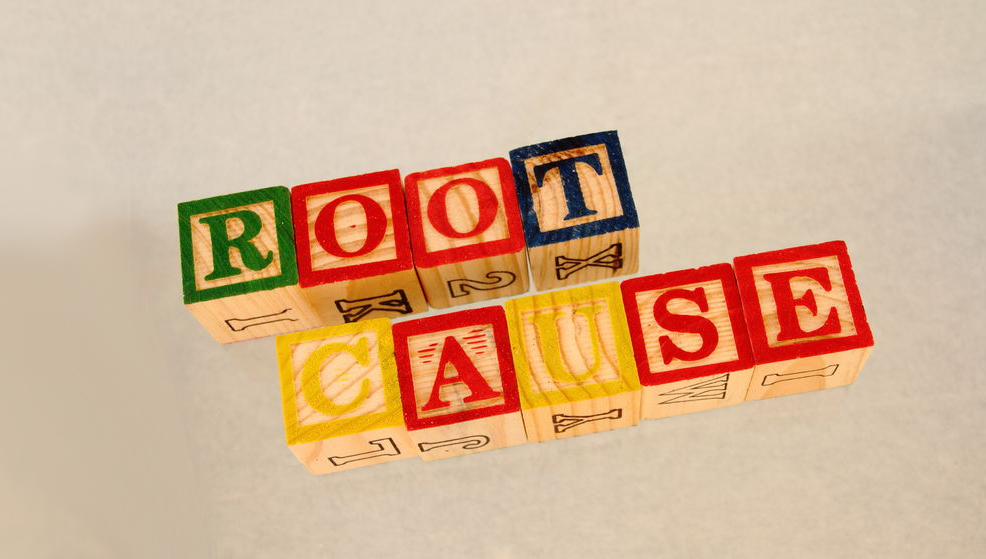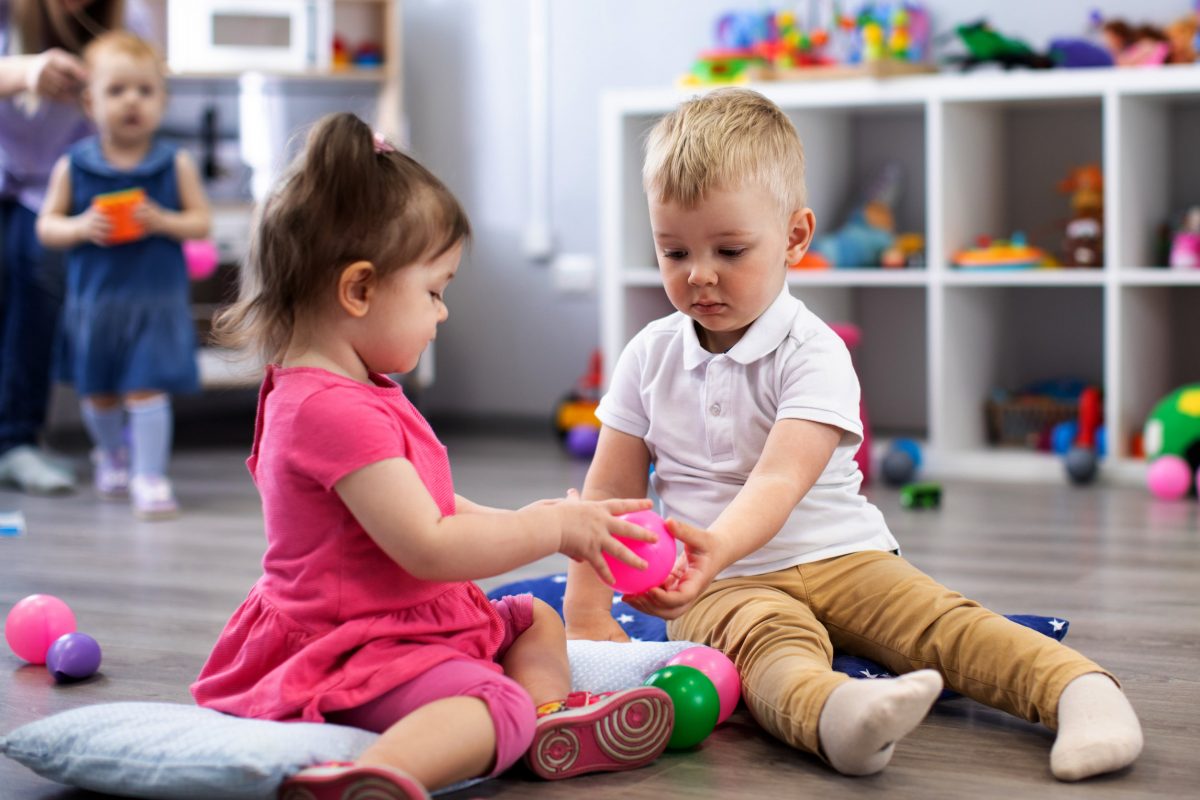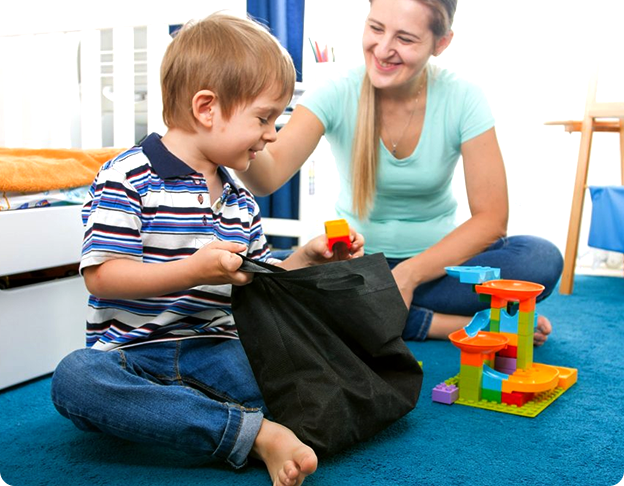Children with autism do not always may not always display behaviors similar to their typically developing peers. Further nor does every child with autism display the same types of behaviors. One child with autism may not react to a door slamming in the same room, but another child may panic at the sound of the neighbor’s lawnmower. Obviously, from a parent’s perception, some behaviors are more challenging to deal with than others, but this does not necessarily mean that the behavior should be defined as challenging.
In strictest terms, a challenging behavior is one that can affect the quality of a child’s life. Although every child is unique, in order to be characterized as a challenging behaviors, these have to include one or more of the following consequences.
- It interferes with the child’s ability to learn or hinders academic growth
- It can cause them to harm themselves or others.
- It places severe limits on the child’s ability to build social relationships with other children or adults.
- It restricts the child’s ability to interact with others in socially acceptable ways.
- It makes mainstreaming in the classroom difficult or impossible.
- It may lead to a misdiagnosis of other behavioral or emotional disorders.
Why Do Children with Autism Display Challenging Behaviors?
To help your child, you will need to identify the motivation for the behavior. What does he or she expect to gain from the behavior? Since all behavior we know today was learnt through some of our experiences or reinforcement and punishment. All behavior will serve some purpose for the individual engaging in it. The reasons vary by child and often by situation.
- Does the behavior result in access to activities, treats, toys or tasks?
- Does the behavior allow them to avoid an activity, task, a food they dislike, or an unpleasant sensory stimulus?
- Do they just want to be left alone?
- Do they want to be the center of everyone’s attention?
- Do they want to avoid the attention of others?
- Do they feel the need to exert control over a particular situation and alter it in some way or make their own decisions?
- Does the behavior just feel emotionally or physically good?
These reasons are remarkably similar to the reasons that children without autism engage in inappropriate behaviors. However, the underlying causes are quite dissimilar.
1 A child with autism frequently displays a challenging behavior when he or she has difficulty communicating a need or want. Verbal communication skills may be insufficient, and it may be impossible for the child to use nonverbal communications or cues. If he or she feels ill or uncomfortable, the inability to communicate can prove even more frustrating.
2 Autism can make the world a confusing, frightening place. Since loud sounds may be unnerving for them or reading and understanding another’s cues may not come naturally for children with Autism. Children may not understand the intentions or cues, what is happening, or the connection between an action and a result.
3 Many children with autism may be sensitive to issues that don’t seem that obvious to us. They may have a meltdown if they are startled by a loud or unpleasant noise. They may find it highly disturbing to touch certain materials or objects, and they may panic if another person touches them. They may find the texture, smell or appearance of certain foods revolting.
4 Children with autism find change challenging. Altering the child’s environment or the steps in an activity in which the child has participated can cause distress. For example, new table companions at lunch, rearranging the furniture in the living room, or replacing the family car can trigger a undue stress and in turn a challenging behavior.
5 Although all children can have illogical fears, it is not uncommon for a child with autism to have certain things that inspire terror. Some children become inconsolable during a thunderstorm, but others can panic at the sight of a peaceful blanket of snow. A child with an ASD may be terrified of moving objects, including mobiles, ceiling fans and pinwheels.
6 Because children on the autism spectrum can be easily become frustrated, tasks that may seem trivial to others can seem impossible to them. If they are forced to tackle a chore that requires skills they have not mastered, they may express their frustration in a undesirable manner. They may do the same if the task is uninteresting or takes too long to complete.
A challenging behavior can have more than one cause, and these causes can change frequently. For example, on Monday, the behavior is caused by the child’s dislike of an itchy sweater, the irritation of a loose tooth, and the arrival of a new classmate. By Friday, the tooth and the sweater are gone, but road construction forced the bus to take a detour on the way to school. Furthermore, although the new classmate is more familiar, he or she is also overly chatty. The behavior exhibited on both Monday and Friday may be the same, but the root causes are different.
There are no quick fixes for challenging behaviors. There is no magic pill and no magic word that will instantly cause the behavior to stop. Effecting a behavioral change will require time and consistency and is a topic that will be discussed in the next Behavior Nation post.




